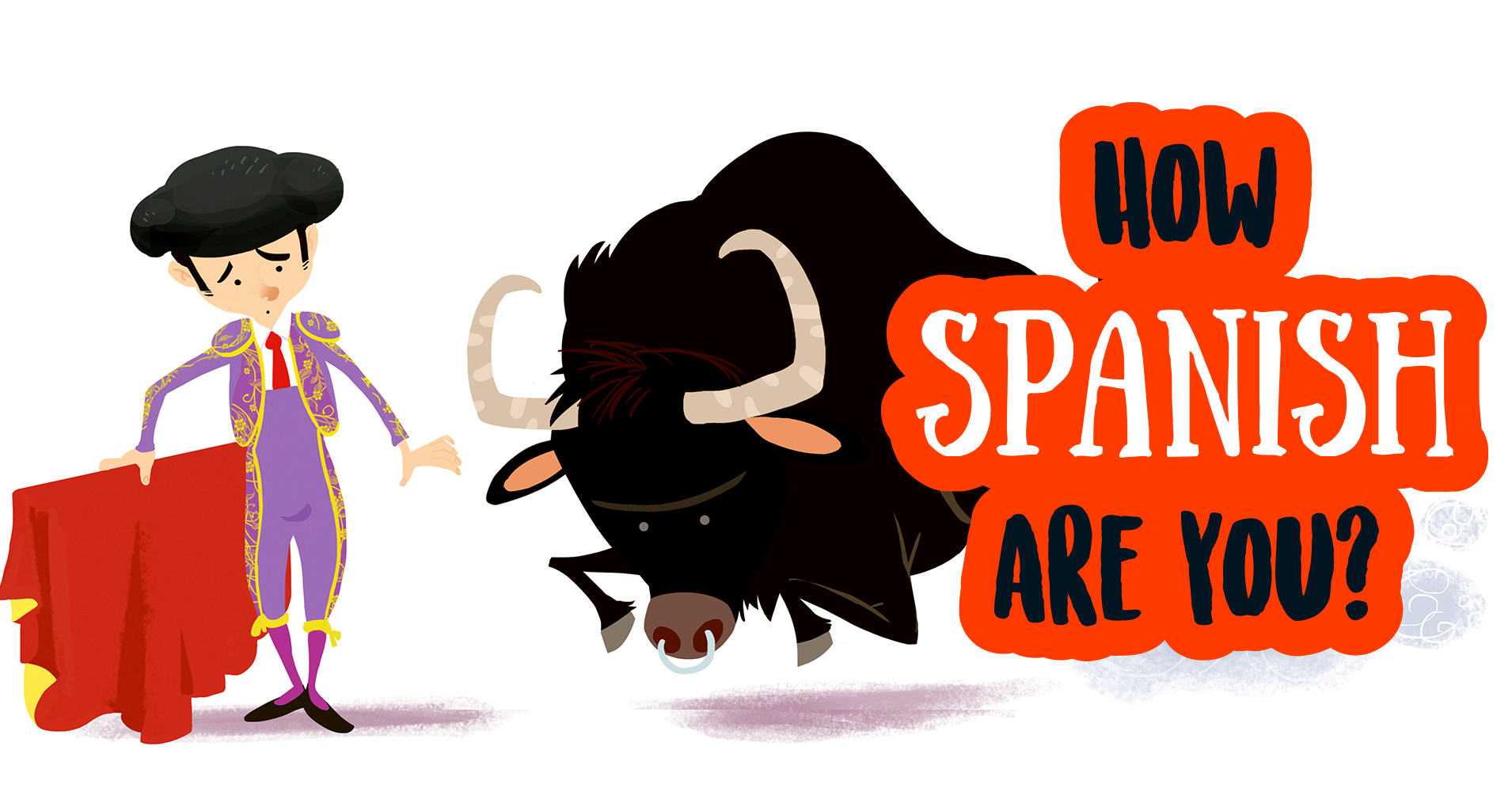
For example, you would say it in response to "Es un placer conocerte Pedro" (it's a pleasure to meet you Pedro). Don't use "el placer es mío." Translated literally, this means, “The pleasure is mine.” This is used in response to an introduction.Similarly, you could also simply state “un placer,” or “a pleasure,” to imply that the favor you are being thanked for was a pleasure to perform.Placer means “pleasure.” X Research source.Mi is a way of showing ownership and means “my.”.Es is a form of the verb ser, meaning “to be.” This is the third person singular conjugation, so it is essentially the same as saying “it is.”.Use it if you're trying to get someone's interest in you, or if you're trying to impress, or if you simply woke up in a really good mood that day and felt like sprinkling love and kindness everywhere. This saying means “it is my pleasure.” This one is fancy and sparingly said. This approach helps you acquire the skills to speak Spanish with confidence.Use "es mi placer” only if you're feeling especially polite. Rosetta Stone’s brief, 10-minute lessons are built in just this way-first teaching the basics, then tackling the longer phrases. TruAccent is a powerful tool for helping you learn and speak the Spanish language.Īfter you have learned to pronounce basic words and short phrases, it’s a natural transition to move to the longer phrases that make up so much of everyday conversation. Las formas negativas is not, are not, was not y were not se transforman en isn't, aren't, wasn't y weren't. It’s also adjustable, which allows you to tweak your accent as needed. En el ingls hablado, y en el escrito en estilo coloquial, el verbo be se contrae de forma que I am se transforma en I'm, he/she/it is se transforman en he's/she's/it's y you/we/they are se transforman en you're/we're/they're. TruAccent compares your voice to native and non-native speakers-in real-time-so you get the feedback you need for the most accurate pronunciation. Rosetta Stone helps you dial in your pronunciation with our TruAccent™ speech-recognition engine. Feedback will guide you in making needed corrections. To hone your pronunciation, you’ll need immediate feedback on your efforts. Here’s a more complete list of the basic words and phrases: Mastering these basics can put you on the path to having everyday conversations in Spanish. These are essential words and phrases such as who, what, when, where, why, yes, no, please, and more. That way, you’ll be ready to handle situations with ease and confidence.įor new Spanish language learners, there are some basic building blocks that make for a great place to start. So it’s not just about the features, but what you’re able to do because of them.

What makes it so effective is that we prepare you to use your new language in your everyday life. Rosetta Stone’s Dynamic Immersion® methodology teaches you the language, not just the words. As you progress on your learning journey, you can slowly incorporate other words with more nuanced meanings. Even with a common phrase like “Hello, how are you?” getting a handle on one option is going to work pretty well in most circumstances. Learning Spanish can be confusing at the start, but remember that you don’t have to tackle all the options immediately. If you are talking to multiple people, you’d say “ Hola, ¿cómo están?” (informal/plural).Īnother version you’ll likely here in conversation is “ Hola, ¿qué tal estás?” (informal/singular) and “ Hola, ¿qué tal están?” (informal/plural). If you are greeting someone in a more formal setting, you’ll want to use “ Hola, ¿cómo está?” (formal/singular). If you’d like to say “Hello, how are you?” in Spanish, you can use “ Hola, ¿cómo estás?” (informal/singular).


 0 kommentar(er)
0 kommentar(er)
